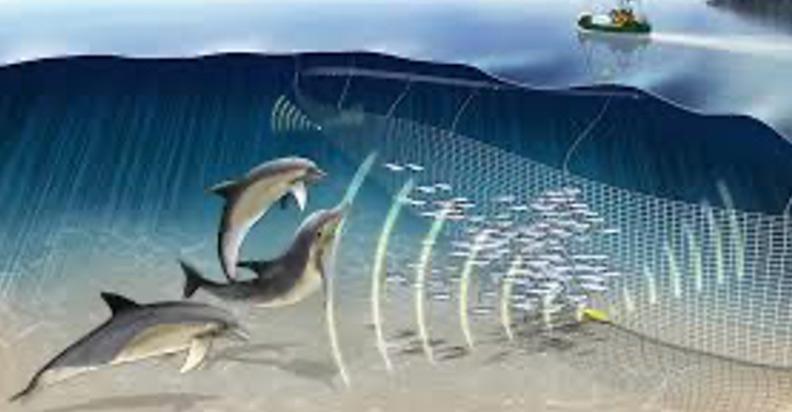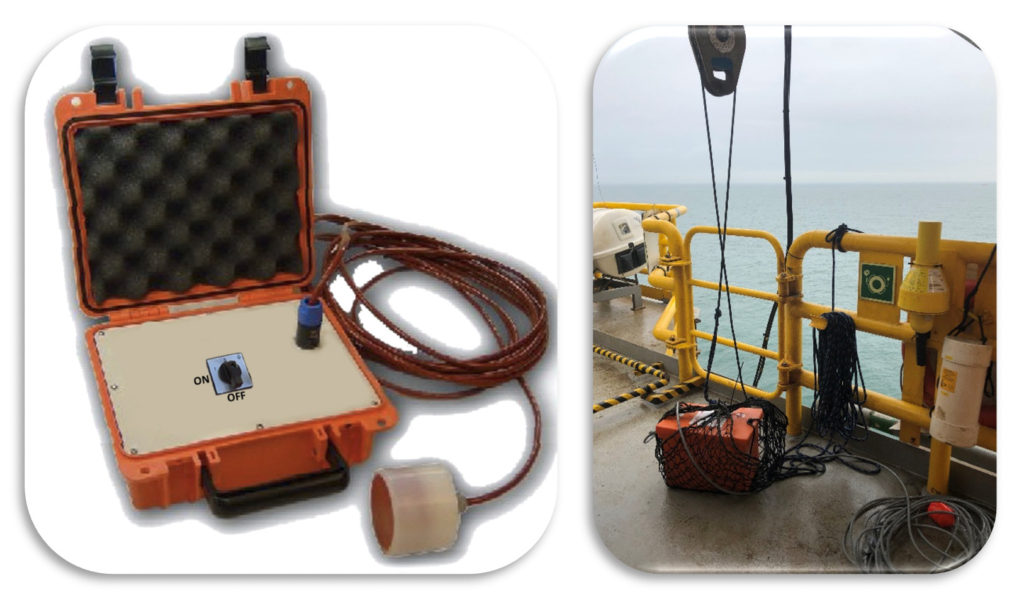The term ADD refers to a variety of active, acoustic deterrent devices used to discourage marine mammals from approaching an area where either anthropogenic noise (e.g. pile or conductor driving, seismic exploration etc.) is likely to cause auditory damage or where animals may interfere with aquaculture/fisheries by predating on fish or damaging nets. There are two main categories of ADDs:
Collectively, these are also called Acoustic Mitigation Devices (AMDs) or Acoustic Harassment Devices (AHDs).

Pingers are smaller and less powerful than seal scarers and they are designed to reduce bycatch of porpoise and dolphin species in gillnets. OSC-NZ supplies high-performance pingers with an output that meets EU regulation (EC) 812/2004. If there are any specific mitigation requirements stated in licences/permits or by government authorities, we can calculate the optimal number of pingers.
These devices operate continuously (i.e. no need to activate in the field), typically for around 2 years on a single C-cell battery, which can be changed easily. These pingers are small, light, brightly coloured, and have a durable carrier with attachment points on either end, so they are easy for field personnel to deploy.
In field studies, pingers have been shown to reduce entanglement and death of several dolphin and porpoise species. The German Bundesamt für Seeschifffahrt und Hydrographie (German Federal Maritime and Hydrographic Agency, BSH) authority’s standards are arguably the strictest in Europe, so OSC tends to use their mitigation requirements as a benchmark, and these pingers are compliant.
OSC-NZ can supply what is arguably the best system available, which is easy to install and operate. The ADD is used currently in a mitigation context to deter porpoises (and other marine mammals, such as seals), and comprises a sound projector (wet-end) on a long cable, and a battery and control device top-side, so it is easy to deploy from a rig/platform or support vessel. The battery can be drained completely, or topped up (charged) between piles. It is state-of-the-art technology and also complies with the German BSH standards.
Conductor driving during drilling projects or pile driving noise emitted during offshore wind farm construction can potentially harm marine mammals. The use of ADDs is often recommended to move animals away from the development area and outside the mitigation zone.
